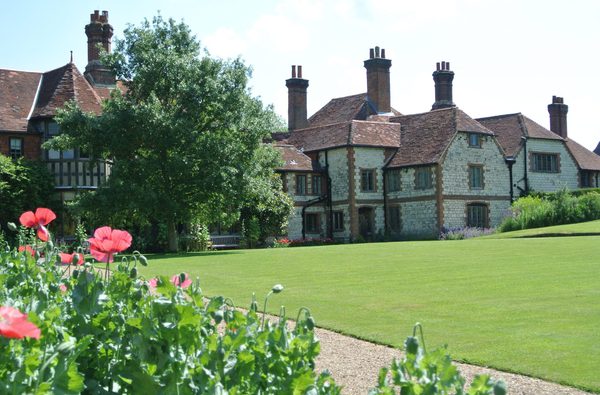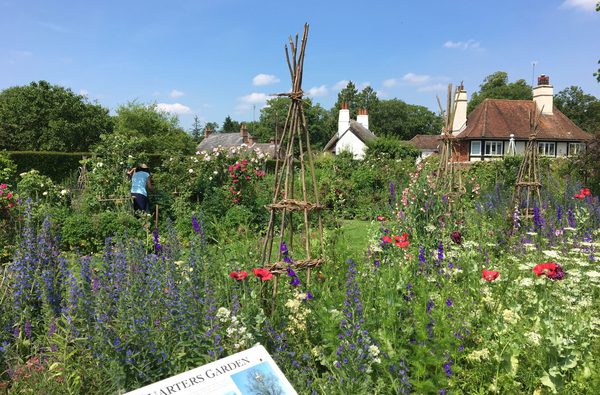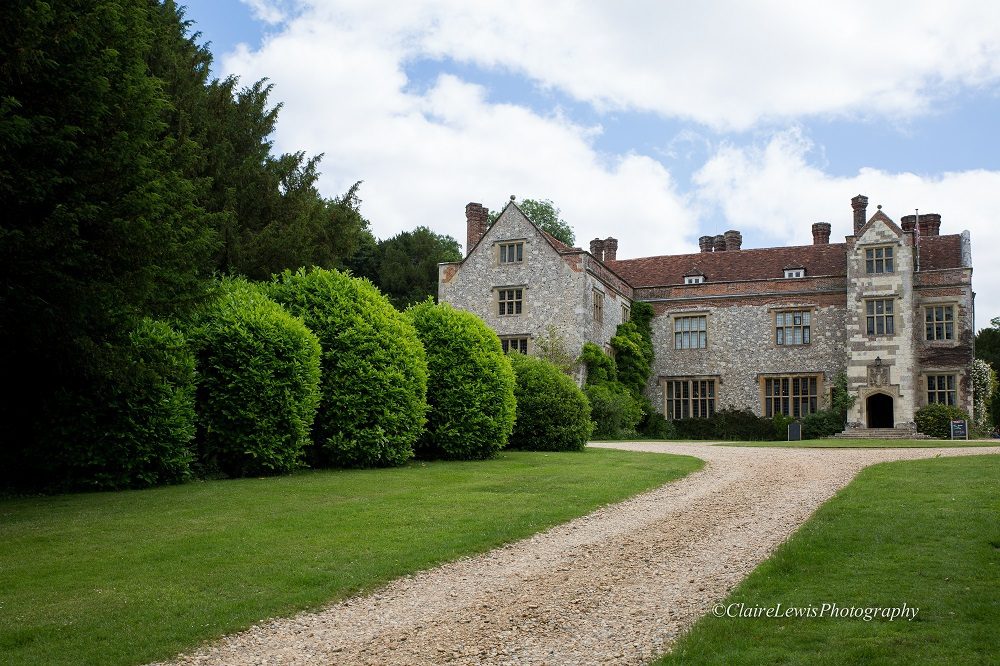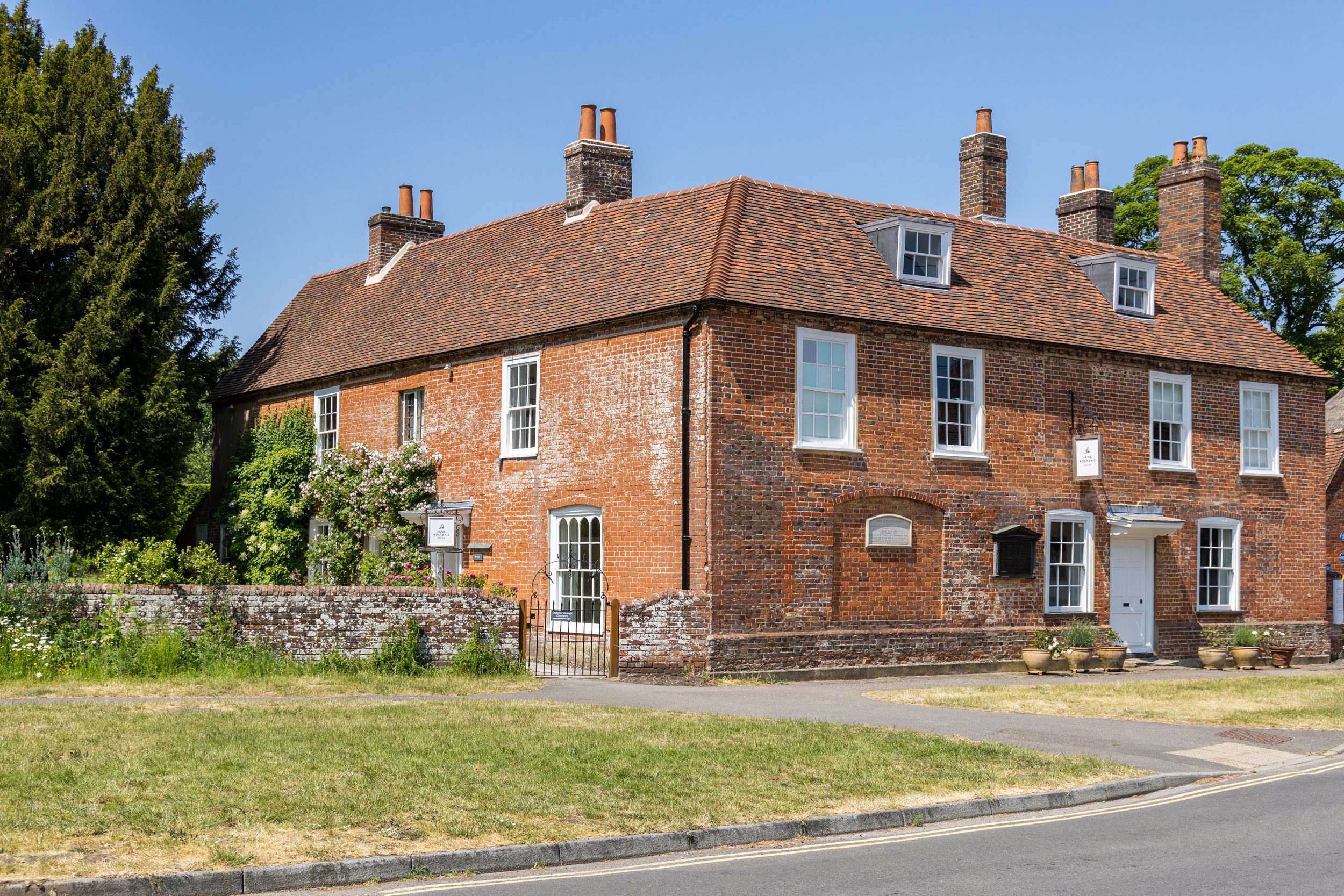Things to do |
Attractions |
Gardens & parks |
Museums & galleries
Gilbert White's House
Address:
Gilbert White's House, The Wakes, Selborne, GU34 3JHAbout Gilbert White's House
Discover the beautifully restored house and gardens of natural history pioneer Gilbert White. Regarded as the 'Father of Ecology', White's book The Natural History of Selborne is the fourth most published book in the English language.
Located in Selborne, a stunning corner of the South Downs National Park, Gilbert Whites 17th century home is now a museum open to visitors, housing the original manuscript of The Natural History of Selborne and collections belonging to Lawrence Oates (who was part of the fateful Terra Nova expedition to the South Pole).
The extensive 18th century gardens (25 acres) have also been restored to their former glory for visitors to explore, featuring a cottage, herb and kitchen garden, as well as sweeping lawns and a wildflower meadow.
Visitors can enjoy brunch, lunch and afternoon tea at White's Café as well as purchase gifts and produce at the museum shop.
Prices:
Adult Full Entry: £19.50
Concession Full Entry: £18.50
Garden Only: £13.50
Under 16 Full Entry: £7.50
Under 5: Free
Family Ticket (1A + 3C): £32.50
Family Ticket (2A + 3C): 39:50
Opening hours
-
Monday
Closed
-
Tuesday
10:30am - 4:30pm
-
Wednesday
10:30am - 4:30pm
-
Thursday
10:30am - 4:30pm
-
Friday
10:30am - 4:30pm
-
Saturday
10:30am - 4:30pm
-
Sunday
10:30am - 4:30pm
Related offers & events
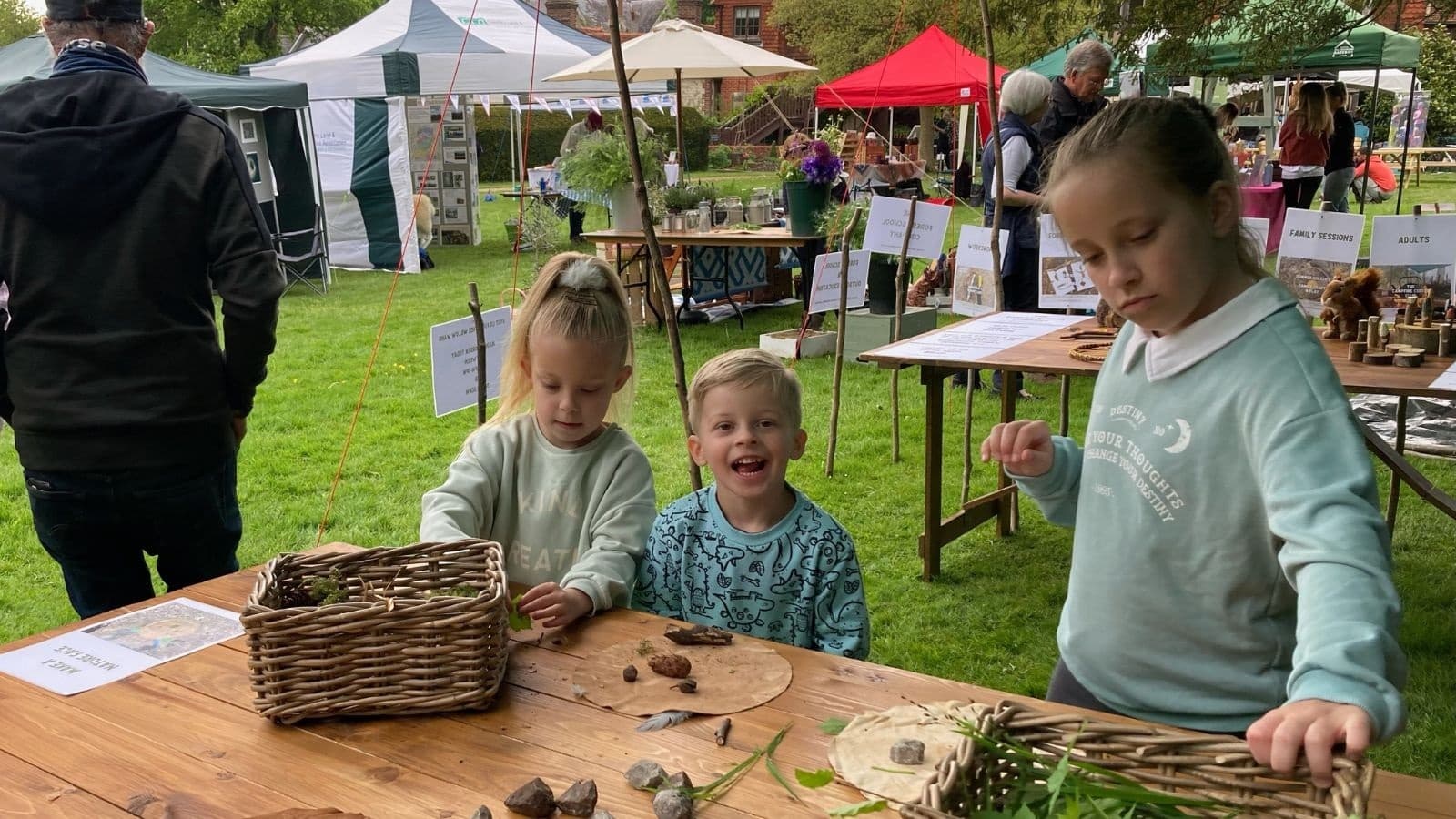
Nature Day
Gilbert White's House
DATE: 11 May 2025 - 11 May 2025
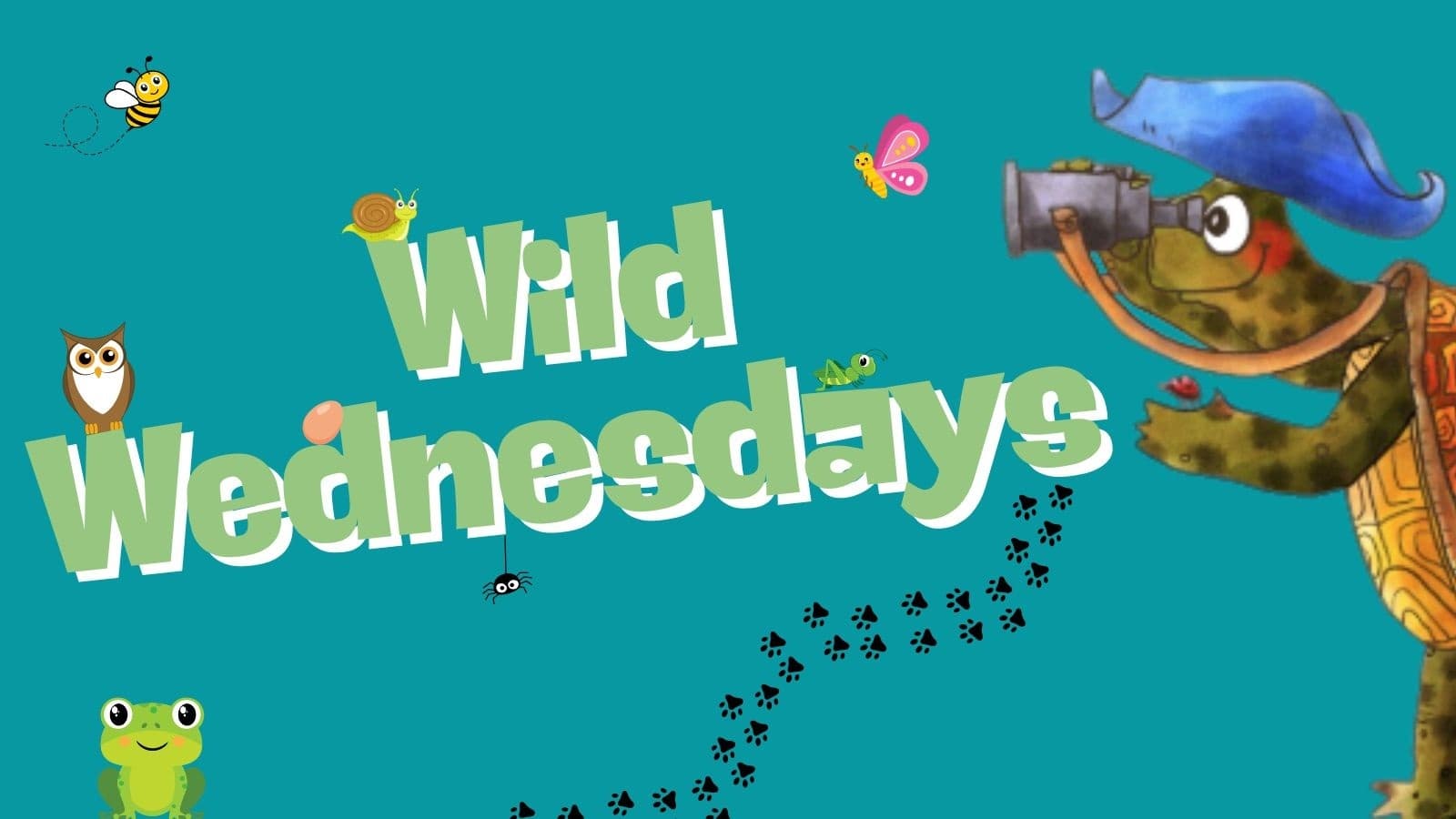
Wild Wednesday: Small Things with Wings
Gilbert White's House
DATE: 28 May 2025 - 28 May 2025

Gilbert’s Garden: Heritage Gardening Day
Gilbert White's House
DATE: 14 May 2025 - 14 May 2025
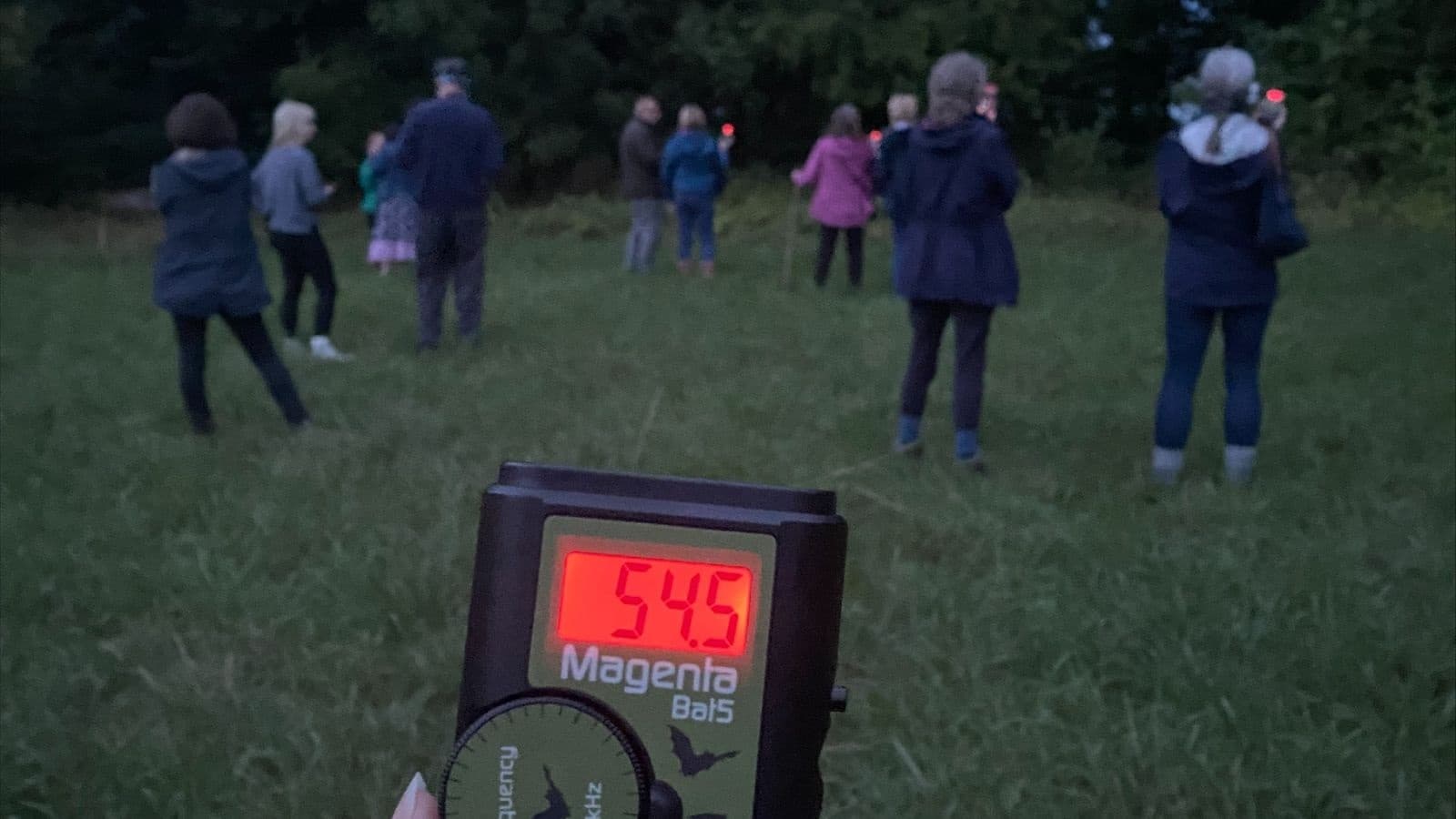
Moth and Bat Night
Gilbert White's House
DATE: 10 May 2025 - 10 May 2025
